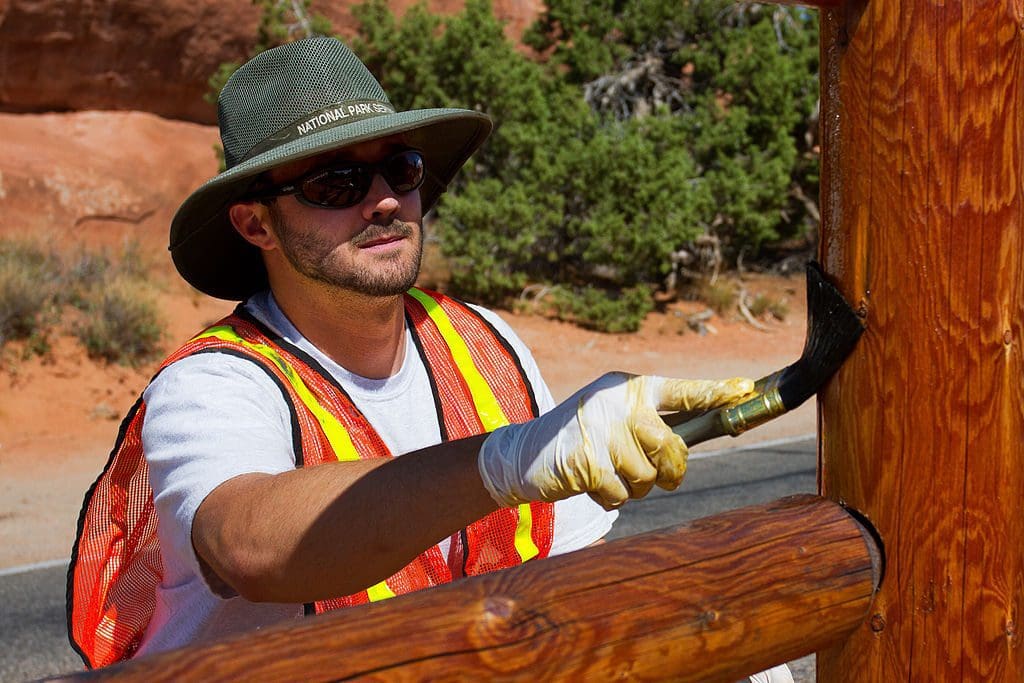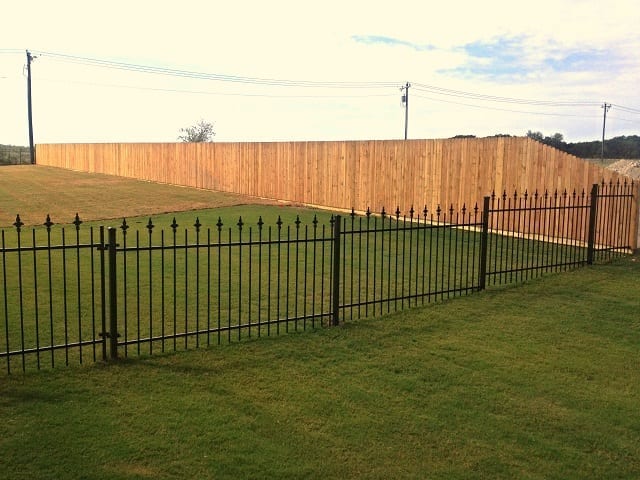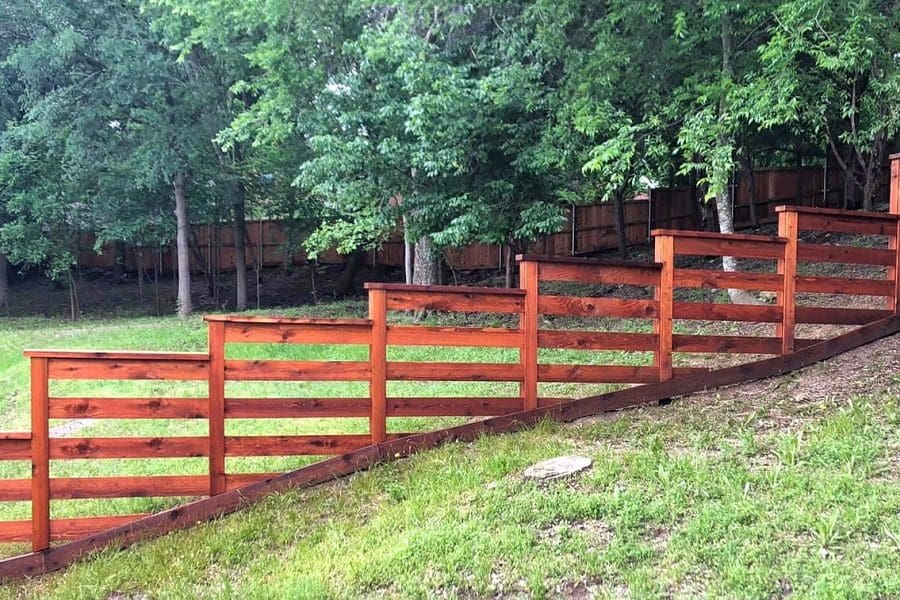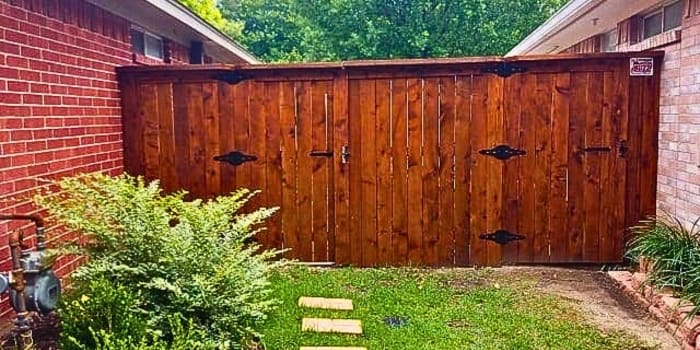In our great state of Texas, it gets a tad hot in summer. So July and August are a good time to find ways to enjoy the outdoors at night when the sun goes down and the stars come out. That’s when we like to make like amateur meteorologists and take a long look at the night sky. And since June 30 is National Meteor Watch Day, we are in a meteor-watching mood.
Optimal conditions
Light pollution is the enemy of stargazing. So if you live in downtown Dallas, you might need to drive out on a dark country road. But if you’re lucky enough to live away from the glare of city lights, backyard viewing might work just fine. This is especially true if you hope to see meteors, which are usually dimmer than stars.
Robert D. Lunsford, a meteors section recorder, advises beginning observers to start in their backyards, then enlist a friend to accompany them on rural viewing, both for companionship and safety. You want a clear sky, as much darkness as possible, a moon that’s less than one-half full, and a comfortable reclining lounge chair. If it’s cold, unroll a cozy sleeping bag atop your chair and crawl inside..
Host a meteor party
If you have the sorts of friends who can appreciate a dark and quiet party, consider inviting a few over to your yard on a promising night. You could spread blankets on your grass so everyone can lay on their backs. Opt for silence or perhaps soft spacey music. For snacks? Buy a meteor cookie cutter set and bake some cute cookies.

Upcoming meteor showers
How do you know when meteors are about to fall? Fortunately, astrophysicists are willing to share that info with average citizens in a meteor shower calendar.
Here are a few upcoming celestial shows:
- Southern delta Aquariids: July 12-August 23, 2019, peaking July 29-30. These are best seen from the southern hemisphere, but are worth a look wherever you are. Gaze toward the lower southern sky.
- alpha Capricornids – July 3-August 15, 2019, peaking July 30 – Can be seen on both sides of the equator. Known for bright fireballs.
- Perseids – July 17-August 26, 2019, peaking August 12-13. Best seen from the northern hemisphere. In rural areas, you might be able to count up to 75 meteors in a single hour!
Buzz Loves Meteors
At Buzz, we are pro-meteor, and want your backyard to be a haven for meteorology. And what’s a backyard without a fence? Call us today to make sure you have a fence worthy of backyard meteor parties.






